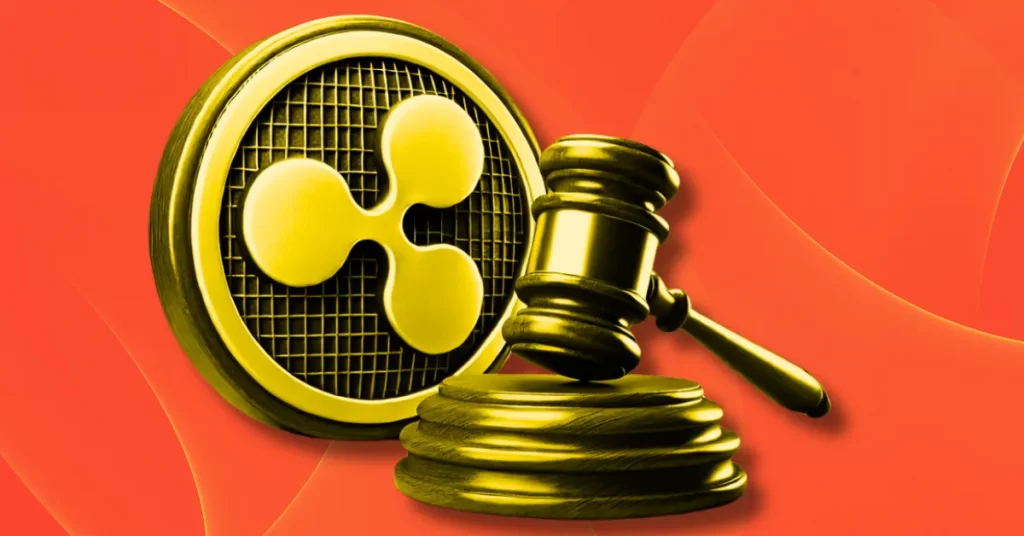
The post XRP News: Legal Expert Says Ripple Lawsuit Can Still Be Withdrawn or Settled appeared first on Coinpedia Fintech News
The long-running legal case between Ripple Labs and the U.S. Securities and Exchange Commission (SEC) could finally come to a close soon, especially with the recent election of President Donald Trump, whose pro-crypto stance could lead to a more favorable regulatory environment for digital assets.
If Trump appoints a new SEC leader who is more open to cryptocurrencies, it could accelerate the resolution of Ripple’s legal issues, potentially settling the case for the $125 million fine that was initially offered. This shift in leadership could also help clarify regulatory guidelines for digital assets, which would likely boost market confidence and institutional interest in Ripple’s technology.
Ripple’s legal victory, which ruled that XRP is not a security, was an important milestone for the company, although the SEC’s appeal is ongoing. Amid the confusions of the latest appeal, a user took to social media and asked, “Can the lawsuit still be settled or withdrawn after it has been put in front of the appeals court?”
Legal expert and attorney Fred Rispoli reacted and answered the above mentioned question. He wrote, “Yes. Withdrawn or settled at any time. Withdrawn is unrealistic though. Likely to be settled.”
What’s Next For XRP?
Currently, XRP is priced at around 60 cents, showing steady growth, with key support levels at 56 cents and 54 cents. The altcoin is up 19 percent this week, thanks to Trump again. Bitcoin has captured the $88k mark and is now heading towards the $90k levels.
If Ripple’s case is resolved positively, XRP’s price could see a significant increase as clarity on regulations would attract more investors and institutions. CEO Brad Garlinghouse remains hopeful that a clearer regulatory framework will benefit Ripple and increase the adoption of XRP in global banking.

 6 months ago
52
6 months ago
52














 English (US) ·
English (US) ·